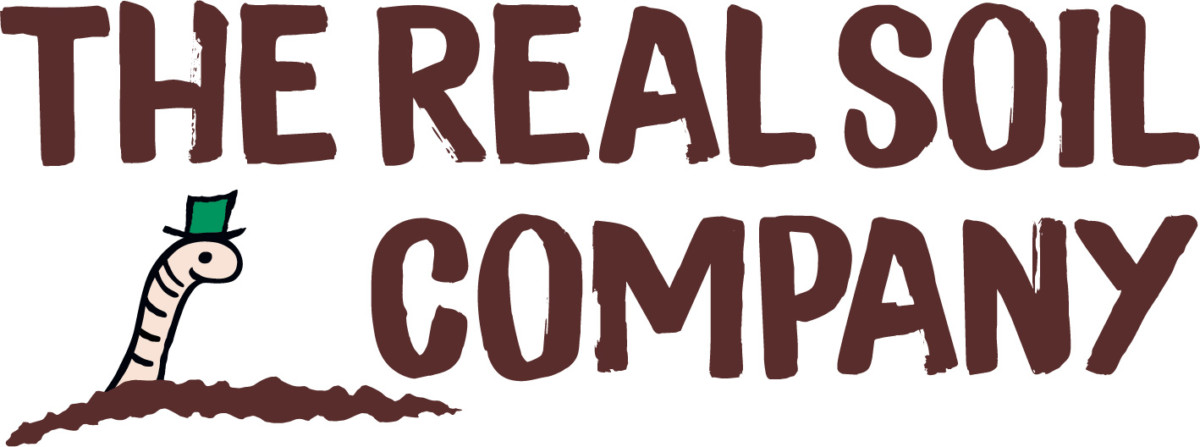Building A Raised Bed
Planting into raised beds is a great way of growing different plants, fruits and vegetables in your garden. By doing so, you will benefit from improved drainage, increased soil temperature and have the option to use the optimum soil type to improve plant growth.
Before starting to construct your raised beds consider what you want to grow in them, this will affect amongst other things the depth and type of soil required. Most gardeners start the construction of a new raised bed in winter as long as the soil isn’t wet or frozen, or late summer when the temperatures are lower.



